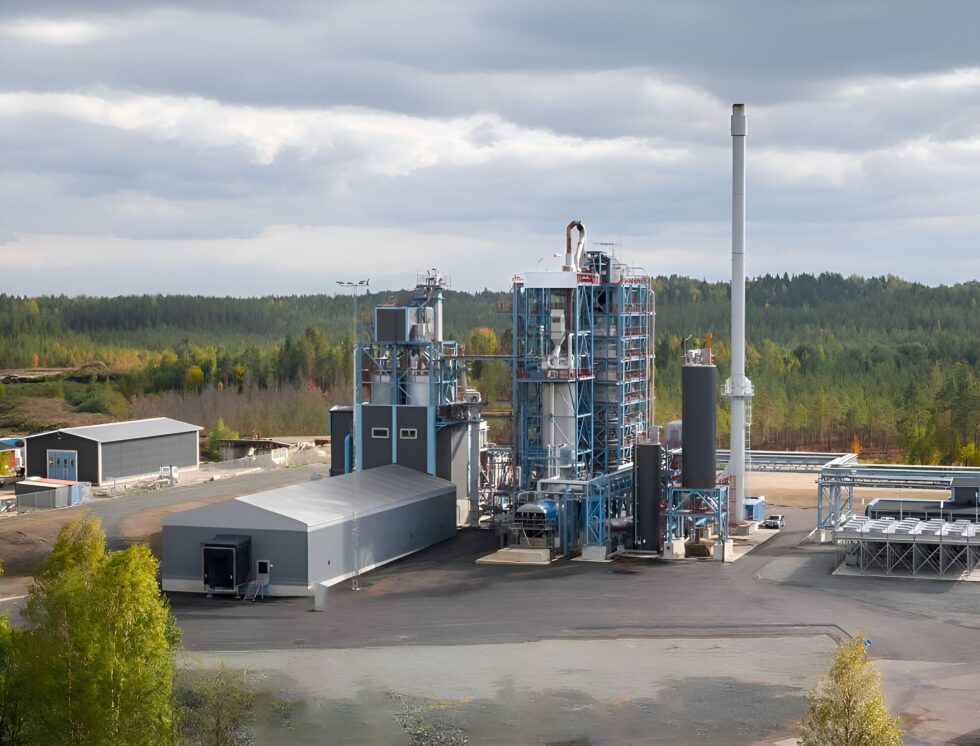How to convert biomass into activated carbon with the NesaCore™ Multiple Hearth Furnace technology?

April 24th 2025
The global activated carbon market has experienced steady growth in recent years and is projected to expand at an annual rate of 5.7% from 2024 to 2032. In Europe, over 70% of the activated carbon utilized in industries is imported, mainly from Asia and North America.
But do you know why activated carbon is so important? Thanks to its porous structure with a high adsorption capacity, activated carbon can attract and retain gas or liquid molecules. This unique property makes it indispensable for water purification, air treatment, food processing, medical applications, chemicals, and cosmetics.
That’s where John Cockerill’s expertise comes into play!
Multiple Hearth Furnaces designed by our experts allow the production of sustainable activated carbon made from biomass. This is the case at Novactor’s facility in Ilomantsi (Finland).
Equipped with a MHF of the NesaCore™ technology, this plant utilizes local organic peat and wood to produce annually up to 5000 tons of superior activated carbon for gas, air and water purification.
The NesaCore™ technology’s single pass configuration combines carbonization and activation in one single furnace, drastically reducing carbon footprint and CAPEX. The excess energy is repurposed for steam production for raw material drying and district heating.
With over than 150 John Cockerill NesaCore™ Multiple Hearth Furnaces installed worldwide, this robust technology accepts a wide range of feedstock, ensures 0% fossil fuel consumption, low nitrogen and sulfur oxides emissions and fully complies with EU emission regulations.
Embracing sustainable technologies like John Cockerill’s NesaCore™ supports environmental goals but also enhances operational efficiency and product quality.

